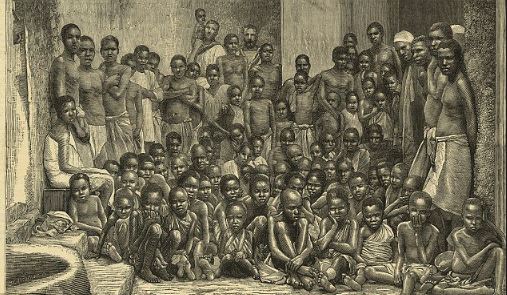Yodeling is a prevalent music form in many parts of Europe and America that involves the juggling of words and sounds with the voice in a high pitch (falsetto). The music style gained popularity in the late 1800s, spreading like wildfire and increasing grounds in western cultures around the world. The music style is popular in Germany, Switzerland, Austria, Britain, Netherlands, New Zealand, America and Australia.
The English word yodel is derived from the word jodeln which comes from an ancient Austro-Bavarian language in modern-day Germany. The word meant to pronounce the “jo’ syllable which is pronounced “yo” in English.
Alpine Yodeling has been identified as the first form of traditional yodelling in Europe. The natives used it as a form of calling their stock after being left to graze. According to American music historian Timothy Wise, the earliest records of yodelling in Europe date back to 1545. The ‘yell’ or ‘cry’ was associated with the wilderness, nature, rural living with less sophisticated people stated in his book, Yodeling and Meaning in American Music.

Swiss yodelers
Yodeling gained popularity in the early 1800s after slowly being identified as a unique, intriguing and exciting way of making sounds that developed into a music style. By 1830, the Germans carried the music style to America where the minstrels adopted it for theatre and music entertainment. The music style would grow to become a cultural phenomenon across the world. However, revealing findings prove that yodelling was an indigenous form of communication among the ancient Africans of Central Africa, i.e. among the Bantus and pygmies.
The unique yelling style does not have a distinctive name in African languages probably because it was first used to communicate with people. The pygmies and those who lived in thick forests often used it to communicate with each other during farming and hunting expeditions. It was also primarily used to announce one’s presence or send off information to neighbouring settlements. Depending on the message that needed to be sent across, the yells and calls were done in various ways.
After a while, the yells and calls developed into music for entertainment purposes. Women were said to have come up with meaningless yet similar cries sang to entertain babies and children. This style is significantly spread across modern-day countries in central Africa especially Congo, Gabon and the Central African Republic.
With the help of dates in history, it is a safe claim to make that yodelling entered Europe and America through the first slaves taken from Africa.

The first slaves to settle in any part of the Western world are identified as the Bantus from Central Africa. In 1414, the first set of slaves were taken from Central Africa and modern-day Mauritania by the Portuguese to Portugal. While the slaves from Mauritania were said to be 12 in number and kept in Portugal, the few Bantu slaves were offered as gifts by the Portuguese royal families and wealthy merchants in other parts of Europe.
It comes as no surprise then that yodelling was first identified in Europe in 1545. The Bantu slaves continued to use their communication techniques and entertained themselves with their music which was slowly adopted by people in the rural parts of Europe.

As mentioned before, yodelling was identified in America in the 17th century. This comes as no surprise as the first ever slaves to arrive in America were African slaves of Bantu origin brought by the Dutch to the British colony of Virginia in North America in 1619.
With these stated facts, it is no doubt that yodelling, even though named by Westerners and fully developed as a distinct music style in the Western world originated from Central Africa.
Even though music and drumming taken to the West by African slaves were banned for fear of their strange polyrhythmic nature, yodelling survived in the early years of slavery because the Africans taken were not as many as would be in the years to follow.










